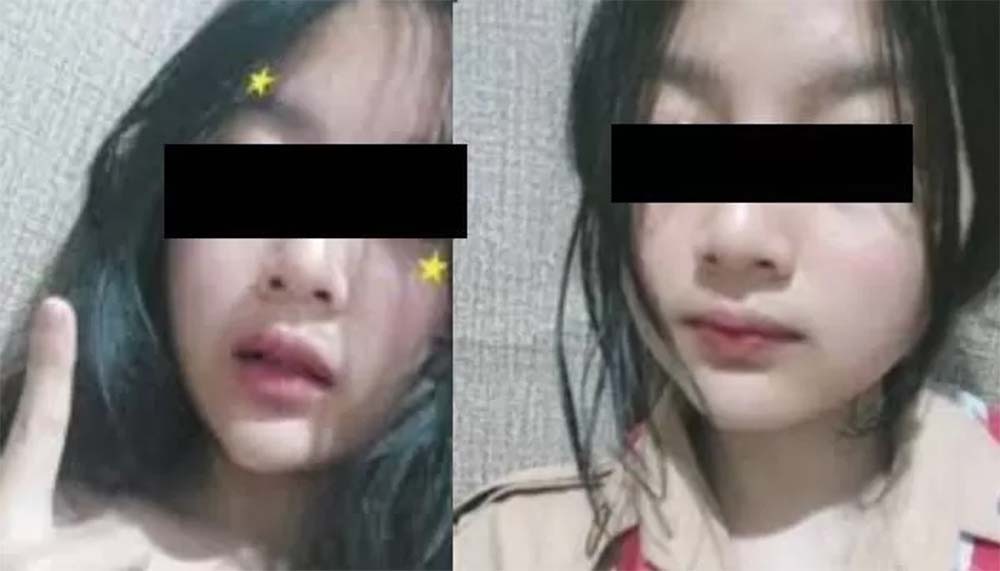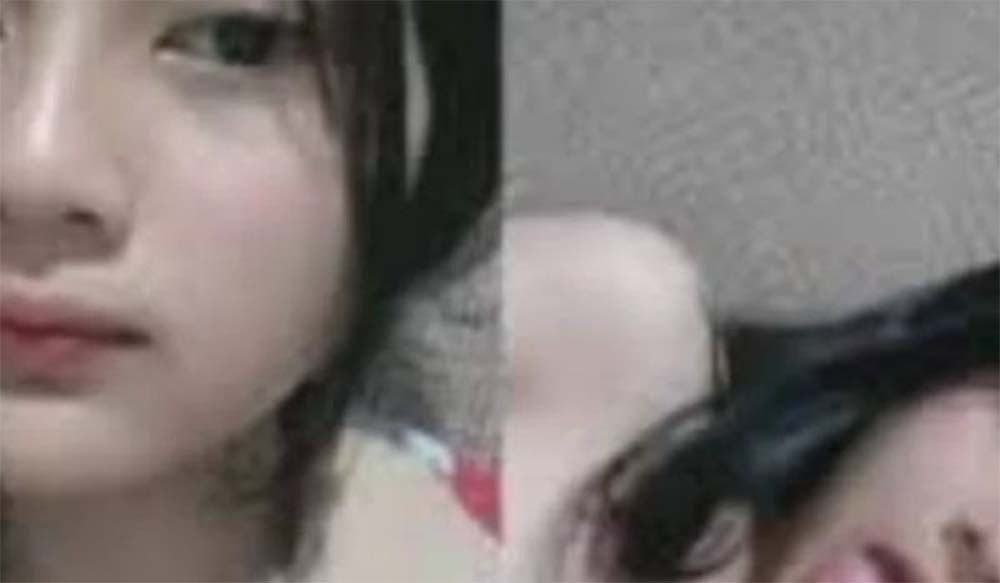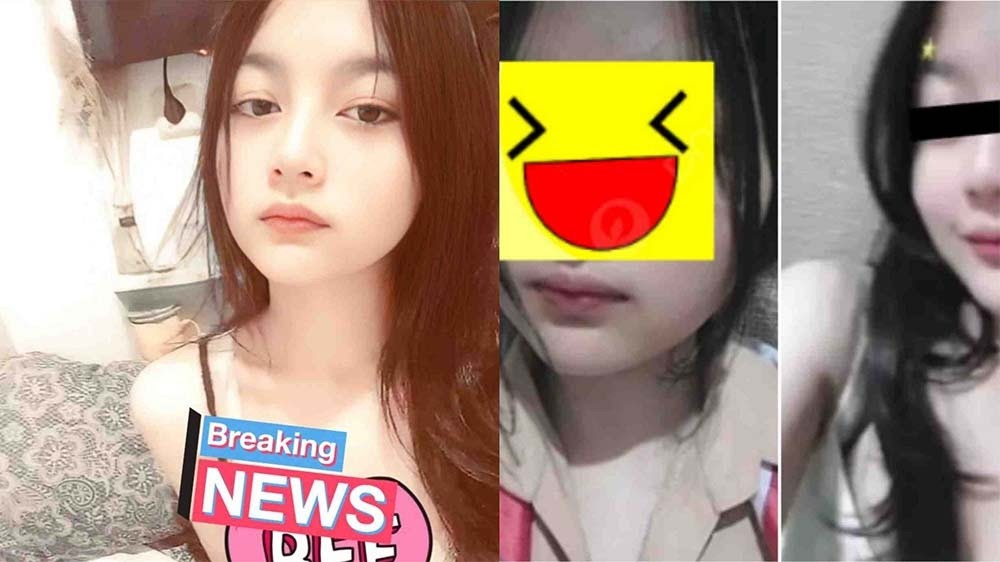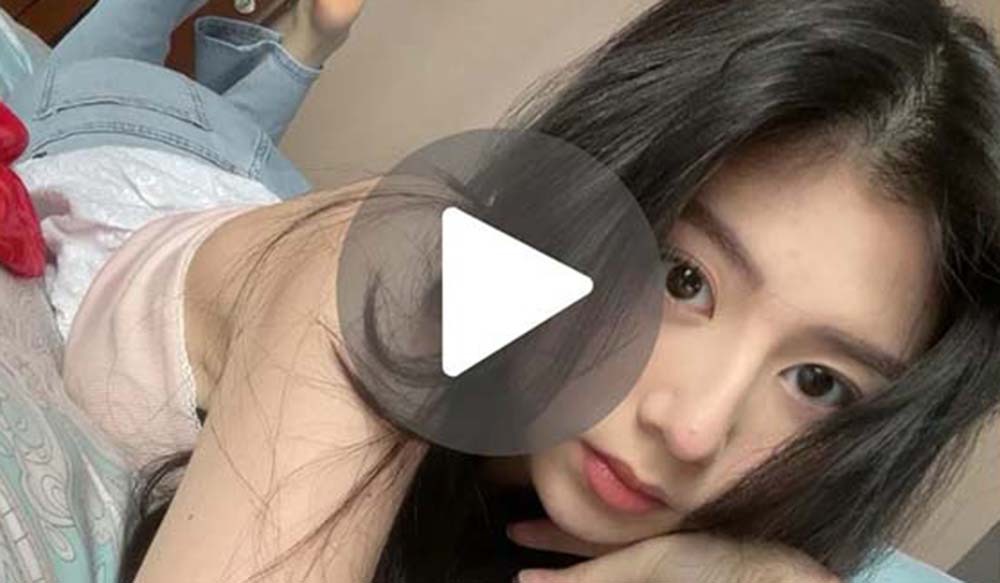Calla Pramuka Leaked Video Story The Viral Controversy and Its Impact on Digital Privacy
In today’s hyper-connected world, viral controversies can arise overnight, transforming seemingly ordinary moments into sensational global debates. One such phenomenon is the “Calla Pramuka Leaked Video Story,” a case that has stirred the digital community and raised important questions about privacy, consent, and social media ethics. The story originated with a seemingly innocent TikTok video of a girl donning a scout uniform—a simple clip that quickly escalated into a controversy, drawing attention from social media users worldwide.
The video, which initially caught fire on TikTok under the hashtags #CallaPramuka and #Calla, presents a narrative that is both perplexing and concerning. As more details emerged, the incident evolved from an innocuous post to a symbol of the darker side of viral fame, where personal boundaries are easily overstepped. This article will examine the sequence of events leading up to the controversy, the dissemination of the leaked video through multiple channels, and the multifaceted reactions from the online community. Furthermore, it explores the ethical dilemmas and privacy issues in an era where digital content can be manipulated and shared without consent.
The significance of this case goes beyond the immediate scandal. It exemplifies how social media platforms can unwittingly become arenas for the spread of sensitive content, and how the individuals involved may become vulnerable targets for public judgment. The incident has also spurred debates about the responsibility of social media platforms to monitor and regulate the content shared by their users. As we delve into this detailed analysis, we must consider the broader implications for digital culture and personal privacy. This introduction sets the stage for a thorough exploration of the Calla Pramuka story—a narrative that is as cautionary as it is emblematic of modern digital dilemmas.
THE ORIGIN OF THE CALLA PRAMUKA CONTROVERSY
The controversy began with an unassuming TikTok clip posted by a user known as @cellasukasosis. In the video, a young girl dressed in a boys’ scout uniform flashes a bright smile and poses for the camera, capturing a moment that, on its own, would have been just another piece of creative social media content. However, the caption—“Udah tengo yet? Scout Cella?”—added a layer of intrigue that set the stage for what was to follow. Despite the apparent simplicity of the video, it quickly went viral as users began to use the hashtags #CallaPramuka and #Calla, catapulting the clip to the forefront of TikTok trends.
@nypost She was in a jam. 😅 Meghan Markle has revealed that some of her nearest and dearest friends “took it personally” after not receiving a jar of her homemade jam last year.
The narrative took a significant turn when discussions about the video’s authenticity and intent began circulating online. What initially seemed like a light-hearted display of youth and playfulness was soon scrutinized for deeper, more problematic undertones. Critics and commentators started questioning the context in which the video was filmed and the motivations behind its widespread dissemination. Some speculated that the video might have been part of a viral strategy, while others suggested that it could have been an unauthorized leak of private content. The ambiguity surrounding the clip fueled further public interest and debate.
This phenomenon is not entirely new in the realm of social media, where a single clip can morph into a major controversy almost instantaneously. The Calla Pramuka case is reminiscent of earlier instances where seemingly trivial content became the epicenter of heated discussions on privacy and consent. The swift spread of the video illustrates the power of social media to elevate even the most minor content into a national—or even international—debate. With each share and comment, the digital narrative expanded, inviting more scrutiny and speculation from a diverse audience. The origin of this controversy is a stark reminder of how modern communication platforms can transform everyday moments into complex social issues that resonate far beyond their initial context.
THE UNFOLDING STORY: WHAT REALLY HAPPENED
As the video gained traction, the community’s speculation turned toward the circumstances of its release. One prevailing theory is that the video was not voluntarily shared by the girl herself, but was instead leaked by her boyfriend. This allegation resonates with other cases in the digital age, such as the notorious incident involving Bu Guru Salsa, where private content was allegedly disseminated without consent. The possibility that someone close to the subject might have breached her trust only served to intensify the public’s concern and outrage.
The narrative surrounding the leaked video quickly became multi-layered. On one hand, there was the shock of a seemingly innocent TikTok video turning into a subject of scandal; on the other, there were serious questions regarding digital ethics. How did a private moment become so widely accessible? What responsibilities do content creators and sharers have when handling potentially sensitive material? These questions were compounded by the allegations that the subject of the video might be a minor. While there is no confirmed evidence regarding her age, the mere suggestion that a young individual could be at the center of such a scandal has ignited fierce debates about exploitation and the need for greater protections online.

Critics argue that the very act of leaking such content highlights a broader systemic problem within the digital landscape—a lack of accountability and respect for personal privacy. The controversy underscores the difficulties inherent in controlling the spread of information once it is online. For many, the Calla Pramuka incident serves as a cautionary tale, warning of the potential consequences when personal boundaries are violated in the digital sphere. It also raises important questions about consent: if the video was indeed leaked without the subject’s approval, what legal or ethical recourse might be available to her? The unfolding story is not just about a viral video; it is a reflection of deeper societal challenges that arise when private moments become public fodder in the relentless age of social media.
LEAKED VIDEO LINKS: DISTRIBUTION AND ETHICAL QUESTIONS
One of the most controversial aspects of the Calla Pramuka story is the dissemination of the leaked video through multiple links. Social media platforms have enabled the rapid spread of digital content, and in this case, several links were provided to viewers, offering different access points to the video. These links, often shared across various platforms, illustrate how the digital ecosystem can sometimes prioritize virality over ethical considerations.
The source article from SociallyKeeda provided several direct links under the heading “Calla Pramuka Leaked Video Links” (, , , ). These links are intended to offer immediate access to the leaked content; however, they also raise significant ethical questions. The ease with which such sensitive content can be shared online not only jeopardizes the privacy of the individuals involved but also challenges the regulatory mechanisms of digital platforms.

The act of providing and accessing these links can be seen as both a symptom and a cause of the wider issues at play. On one level, the availability of the video highlights the vulnerabilities inherent in the way personal content is stored, shared, and disseminated online. On another, it reflects a growing societal desensitization towards privacy violations in the pursuit of viral trends. The ethical implications are profound: when content is leaked without consent, it transforms a private incident into public scandal, stripping away the dignity of the subject and potentially exposing them to long-lasting harm.
Furthermore, the public’s uncritical consumption of such content only exacerbates the problem. Rather than pausing to consider the consequences for the individuals whose lives are disrupted, many users engage in a form of digital voyeurism that perpetuates the cycle of exploitation. This raises critical questions about the responsibilities of both content sharers and hosting platforms. Should there be stricter measures to prevent the circulation of leaked content? And what role should platforms like TikTok and other social media sites play in safeguarding user privacy? These questions remain central to the debate, urging a re-examination of how personal information is treated in the digital age and the moral obligations that come with the ability to share content widely.
PUBLIC REACTION AND SOCIAL MEDIA DEBATE
The viral nature of the Calla Pramuka video ignited a firestorm of debate across social media platforms. Public reaction has been as diverse as it is intense, ranging from shock and outrage to indifference and amusement. Central to these discussions is the reaction from the account known as @callapramuka, which commented, “Even if you want to befriend the guy at sosmed, all of you girls should be careful.” This statement—though cryptic—underscores a perceived need for caution in the digital realm and highlights the inherent risks of interacting with strangers online.
The discourse that emerged after the video went viral was not limited to one particular platform; it spread across multiple social media channels, with users engaging in heated debates about consent, privacy, and the responsibilities of content sharers. Many argued that once content is leaked without permission, it becomes a public matter, albeit one that should be handled with sensitivity and care. The conversation also touched on the potential consequences for the girl featured in the video, with a significant contingent expressing concern over her well-being—especially in light of unverified claims that she might be a minor.

A large part of the public debate centers on the broader implications of such incidents in an era dominated by social media. The rapid and uncontrolled spread of personal content not only challenges traditional notions of privacy but also places immense pressure on platforms to act responsibly. In many respects, the Calla Pramuka case is emblematic of a wider trend: the erosion of boundaries between public and private life in the digital age. As users debate the ethical dimensions of the leaked video, they are forced to confront uncomfortable questions about digital morality and the societal impact of viral content.
Ultimately, the public reaction has served as both a mirror and a catalyst for change. It reflects an increasing awareness of the dangers associated with digital voyeurism and the urgent need for greater protections for individuals online. This case has also spurred discussions about how best to balance the freedom of expression with the imperative of safeguarding personal privacy—a debate that is likely to continue as long as digital platforms remain integral to our daily lives.
THE MYSTERY OF SCOUT CALLA’S IDENTITY
Central to the controversy is the enigmatic identity of the individual behind the viral video. Known only as “Calla” or “Scout Calla,” the mystery surrounding her has only intensified public interest. The scant details available have led to a plethora of theories and speculations about who she really is and what her connection to the video might be.
The available information is limited. Some sources claim that the video was filmed by a girl wearing a scout uniform—a detail that seems to have been chosen for its inherent symbolism. Scouts are generally associated with discipline, honor, and moral integrity, attributes that starkly contrast with the controversy generated by the leaked content. This juxtaposition has led many to question whether the uniform was intended as a statement or whether its usage was simply coincidental. Furthermore, the fact that the video quickly went viral despite its unremarkable appearance has only added to the mystery.

Several theories have emerged regarding her identity. One line of thought suggests that “Calla” might be a pseudonym—a persona crafted to generate online buzz. Others propose that the video was part of a larger viral marketing strategy, designed to draw attention through controversy. Yet another perspective points to the possibility that the video is a genuine, albeit unfortunate, leak of personal content that was shared without the subject’s consent. The debate is further complicated by allegations that the subject might be a middle schooler, a claim that has not been substantiated but nonetheless raises significant ethical concerns regarding the exploitation of minors.
The ambiguity surrounding Scout Calla’s true identity serves as a stark reminder of the challenges inherent in verifying digital content. In an age where anonymity is easily maintained and personal information is often obscured, it becomes all the more difficult to ascertain the truth. This mystery not only fuels public speculation but also underscores the need for caution when consuming and sharing digital media. Until more concrete details emerge, the identity of Scout Calla remains shrouded in uncertainty—a symbol of the broader issues of privacy and accountability that continue to haunt the digital landscape.
The Calla Pramuka leaked video controversy is more than just a sensational headline—it is a microcosm of the broader challenges posed by digital media in the 21st century. The rapid spread of the video, the ethical questions it raises, and the persistent mystery of its subject’s identity all point to a digital ecosystem that is as complex as it is unforgiving. As we move forward, this case serves as a cautionary tale about the ease with which personal content can be disseminated and the potential consequences of such breaches of privacy.
At its core, the incident compels us to ask fundamental questions about the responsibilities of both individuals and platforms. What safeguards should be in place to protect personal content? How can social media companies strike a balance between free expression and the protection of personal privacy? And, importantly, how should society respond when personal boundaries are violated for the sake of viral content? The Calla Pramuka case illustrates that there is no simple answer to these questions. Instead, it calls for a multifaceted approach—one that involves stricter regulation of digital content, greater accountability for those who leak private information, and a renewed commitment to digital literacy among users.
Looking ahead, the implications of this controversy are far-reaching. As more personal content finds its way into the public domain, the need for robust legal frameworks and ethical guidelines becomes ever more pressing. In many ways, the Calla Pramuka story is emblematic of the struggles faced by modern society—a society where the boundaries between public and private are increasingly blurred. While the immediate fallout from the controversy may subside, the lessons learned will undoubtedly influence how we engage with digital media in the future.
In conclusion, the Calla Pramuka leaked video story is a stark reminder of the power—and peril—of social media. It challenges us to rethink our notions of privacy and to demand higher standards of accountability from both content creators and platform providers. Only through collective awareness and responsible digital citizenship can we hope to navigate the complex terrain of modern online life while safeguarding the dignity and rights of every individual.
News -
Aaron The Plumber Fight The Viral Showdown That Took the Internet by Storm
Aaron The Plumber Fight Video Twitter The Viral Clash That Took Social Media by Storm
Aubreigh Wyatt Doll Video 2 The Viral Sensation Captivating Audiences Worldwide
Jacob Savage Dryer Video With Rachel The Viral Moment That Captivated the Internet
Video Bokep Indonesia Terbaru Trends, Challenges, and Digital Evolution
Nyannie Armored Core 6 Toy Video 2 A Creative Fusion of Mechs and Miniature Art
Johnson Justin Video Reddit The Viral Sensation Taking the Internet by Storm